
SANTA CRUZ ISLAND
Ready for your adventure?
Dive into nature with us and see what makes these islands unique.
Tap below to get started!
VISITOR SITES
Punta Carrion
This is a rocky cliff that offers the great opportunity to explore more of the various marine biodiversity of the islands. Do
snorkeling among a variety of colorful fish, stingrays, and if lucky, there could be a chance to see the magnificent White-tipped shark.

- Disembarking: None.
- Type of Terrain: None.
- Difficulty: Low.
- Activities: 1-hour dinghy ride.
- Highlights: A place with diverse marine life.
Wildlife by visitor site
Gallery
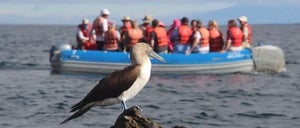

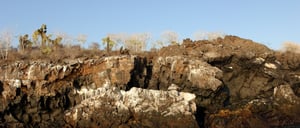
Black Turtle Cove
On the north shore of Santa Cruz Island, accessible only by sea, we’ll find four species of mangrove crowd from the shore out into the lagoon. We will also see turtles swimming and poking their heads above the surface of the calm waters while fish, rays and small sharks circle below.
White-tipped reef sharks and rays can be seen beneath the boat, as well as sea birds, pelicans, herons and egrets feeding in the cove. This cove has been declared as a “Turtle Sanctuary”.

- Disembarking: None.
- Type of Terrain: None.
- Difficulty: Low.
- Activities: 1 hour 30 min dinghy ride.
- Highlights: Four species of mangrove, declared as a “Turtle Sanctuary”.
Wildlife by visitor site
SEA TURTLE
Gallery
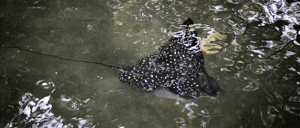
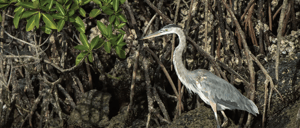
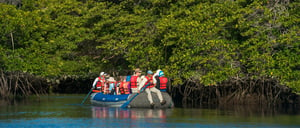
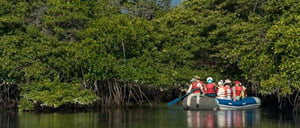
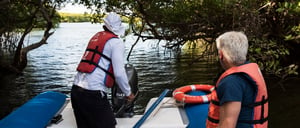
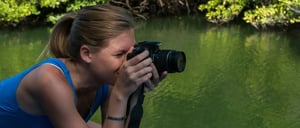
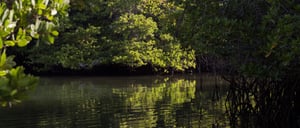
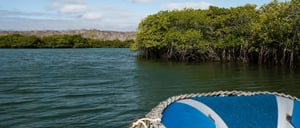

Charles Darwin Research Station
In the central highlands of Santa Cruz Island, we have our best opportunity to interact at close quarters with totally wild, Galapagos giant tortoises. A short walk among these huge, 600lb, reptiles will also offer the chance for more highland species, especially several species of the famed finches.

- Disembarking: Dry.
- Type of Terrain: Flat.
- Difficulty: Low.
- Activities: 15min hiking / Visit.
- Highlights: Giant Tortoises, Darwin Finches, prickly-pear cactus forest. Interpretation center.
Wildlife by visitor site
Gallery

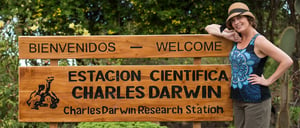
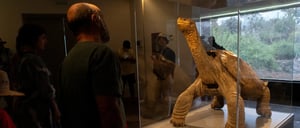
Dragon Hill
Find various species of flora and fauna and the endemic land iguana.
To the northwest of Santa Cruz Island, there is Dragon Hill, where you will find various species of flora and fauna. Behind the beach, you shall enjoy the pond that is often home to flamingos. Along the trail, you can see a variety of reptiles, especially land iguanas, which look like dragons because of their claws and spiky crests. Young iguanas are easily preyed upon predatory birds and snakes; otherwise, they can live up to 60 years of age.
You will see extensive vegetation such as a forest of holy stick trees (burseras), whose appearance changes depending on the season. The forest is home to a variety of birds, such as mockingbirds, Darwin finches, yellow warblers and Galapagos doves.

- Disembarking: Dry.
- Type of Terrain: Rocky.
- Difficulty: Medium.
- Activities: 2-hour hike / 1-hour beach snorkeling.
- Highlights: The trail that leads up to Dragon Hill offers a beautiful view of the bay which is a site for a number of reintroduced land iguanas, find Darwin finches and mockingbirds. There is also a beautiful view of the Palo Santo “holy stick tree” forest.
Wildlife by visitor site
Gallery
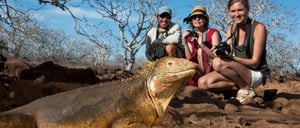

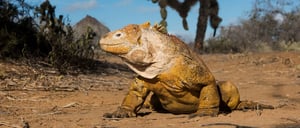
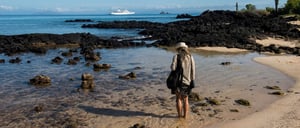
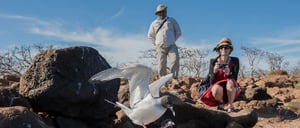
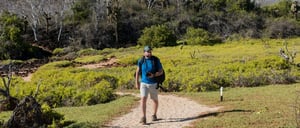
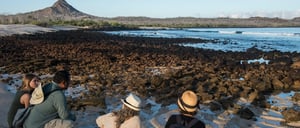
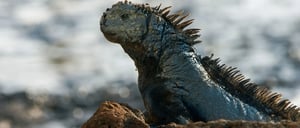

Highlands Tortoise Reserve
A 45-minute bus ride will take us to the Santa Cruz highlands, located to the northwest of Ayora Port, where we will find a natural reserve with giant land tortoises in their natural habitat. These enormous and slow- moving reptiles are responsible for the island’s name and therefore, approaching them in their humid and forested abode is always an inspiring adventure. They can weigh between 250 and 300 kg and can live up to 200 years. They have few predators; their principal threat has always been men.
We will also visit lava tubes or tunnels, which are the result of the many eruptions that have occurred on the island since its formation.
The Twin Craters or Gemelos are, geologically speaking, seen as sink holes and its formation is not directly due to volcanic action. They were created as a result of the collapse or sinking of surface materials into cracks or manholes. It’s a great place to spot vermilion flycatchers as we walk inside an endemic Scalesia forest.
Once the visit has concluded, we return to Ayora Port for some shopping and sightseeing time. Do not forget to bring money.

- Disembarking: Dry.
- Type of Terrain: None.
- Difficulty: Low.
- Activities: 1 hour 30 min bus ride / 1 hour 30 min visit.
- Highlights: Opportunity to observe giant tortoises, a lava tunnel, Scalesia forest, vermilion flycatcher, the Twin Craters: unique geologic formations.[:es]Giant tortoises, tree & ground Darwin finches, vermillion flycatcher, cattle egrets.
Wildlife by visitor site
Gallery
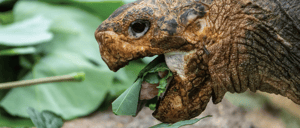
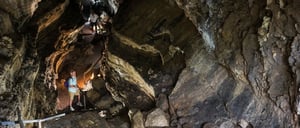
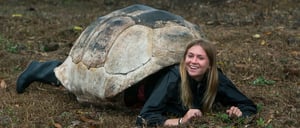


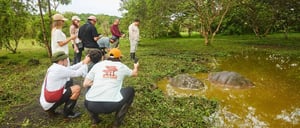
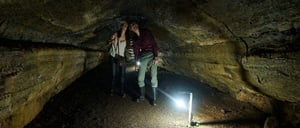
Bachas Beach
It’s a site full of sun, beaches and water, where we can find the remains of barges that sank and had once been used by the United States when they had an airbase on the island of Baltra during World War II. That is why the beach is called “Bachas” because the word “barges” in English pronunciation was hard for local people, so in the attempt to maintain the same word, the locals came up with the Spanish phonetics.
We shall walk for about 10 minutes toward the coastal ponds that can be found at both tips of the beach, because here we can usually find flamingos feeding.

- Disembarking: Wet.
- Type of Terrain: Sandy.
- Difficulty: Low.
- Activities: 45 min hike.
- Highlights: Behind the beach lies two small flamingo ponds where they can be spotted occasionally with iguanas, coastal birds, Darwin finches, mockingbirds, and gulls, as well as interesting native and endemic vegetation, red and black mangroves, salt bushes, and much more. We can also promenade along the beach.
Wildlife by visitor site
Gallery
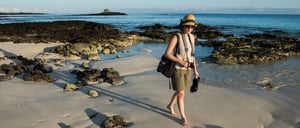
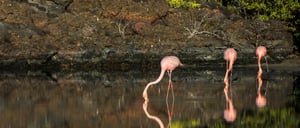
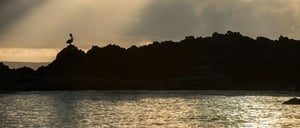
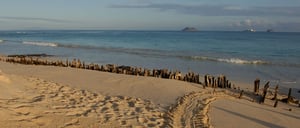
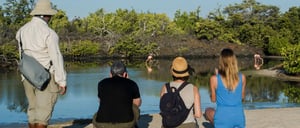
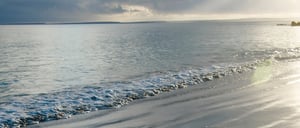
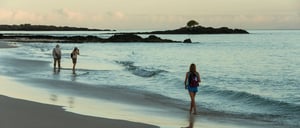
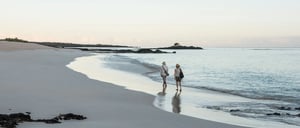
Pit Craters
A visit to the collapsed, twin sinkholes (Gemelos) puts us in a stunning forest of the endemic tree-forming Scalesia. Apart from the dramatic scenery, this area is well known for its diversity of passerine bird species.

- Disembarking: Dry.
- Type of Terrain: Flat.
- Difficulty: Low.
- Activities: 45 min bus ride / 2-hour hike.
- Highlights: Spot the vermillion flycatcher in a hike through the Scalesia forest.
Wildlife by visitor site
Gallery
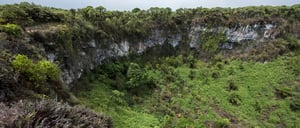
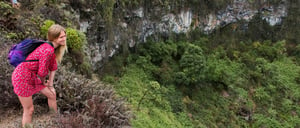

Suggested items
Location map
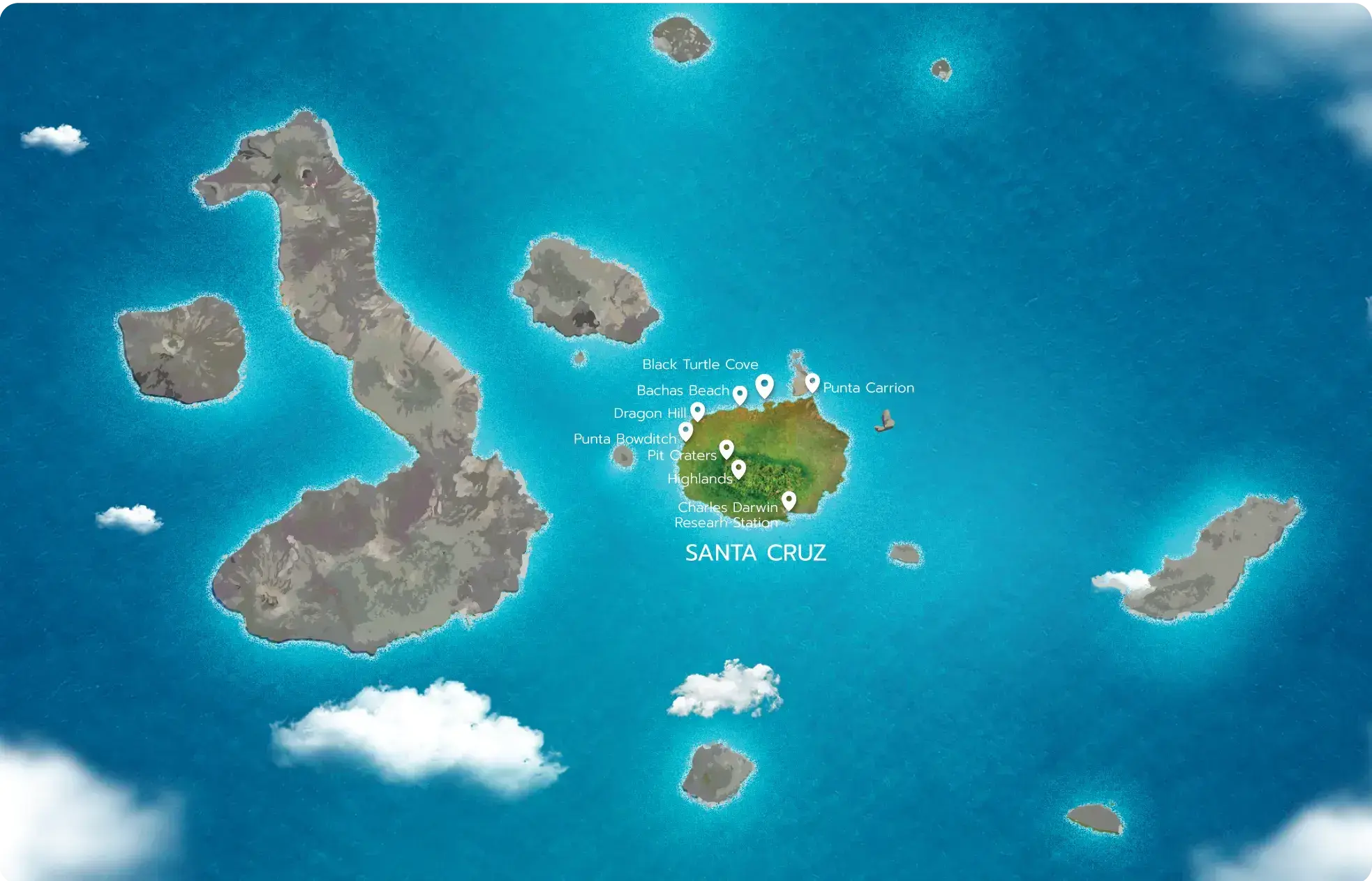
CHARLES DARWIN JOURNEY
This is the first Island visited by Charles Darwin, and his first impression of the dry coast he saw was of a deserted and isolated place. He did not find the tropical richness he expected, but he had the chance to collect the first specie that later on would be the start of his Theory of Evolution, the San Cristobal Mockingbird.